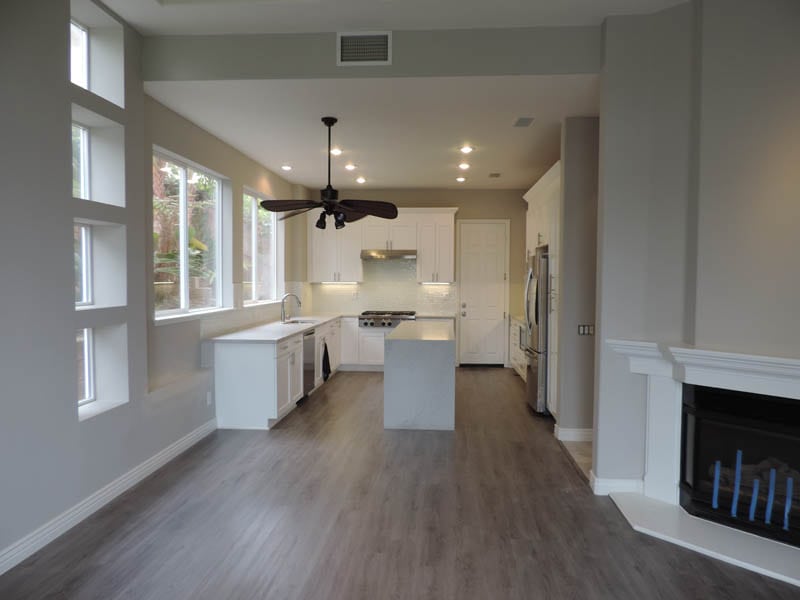How To Plan A Creative Home Improvement Project
Home Improvement June 1, 2021, Comments Off
Home improvement projects can be a simple paint job or a complicated house renovation. These tips can help you reduce the stresses and tension that you will face during the project.
Instead of laminate floors, consider real wood. Although laminate looks like the real thing, you can refinish it. In another decade or two, you or another owner will find it necessary to install new flooring rather than simply refinishing.
One of the best places to start on your home improvement journey is the kitchen. Look first to the walls, cleaning them up from any grease or other unsightly stains with appropriate detergents. This solution will help you get rid of stains and remove the paint. Paint your kitchen an attractive shade of tan and marvel at how the character of the room has changed as a result.
Do not feel you need to replace a door when it gets a little dirt on it. Remove doors from their frames and sand them until you can see bare wood. Then, wipe down your door and paint it with an oil-based paint. If you want things to feel fresh and new, try replacing your old doorknobs with something more fancy.
Don’t overlook landscaping when looking to home improvements projects. Landscaping on your home’s front lawn is often the first impression people get when coming to your home. Plus, you can really impress your neighbors by having the neatest lawn on the block. Trim the grass and design landscaping that features both flowering plants and shrubs to create the best looking lawn in town.
When you wish to paint a home or just a few walls, then you really need to figure out how many buckets of paint you’ll need. You will spend lots of unplanned money if you simply guesstimate about what you need for a job. Take your time and simply measure what you are painting.
One habit which is good for maintaining your home improvement project, is setting aside a specific budget for upgrades and repairs. Your home will look better and stay trouble free if you actually spend a little on it each year. If any money remains in the budget when the year ends, it may be allocated for future, larger home remodeling projects.
To get the most bang for your buck, purchase high-quality materials. There’s a clear, solid reason to do this. Furnishings and other decorations don’t add to the home’s value because homeowners take them with them when they leave the home. Upgrading the fixtures and finishes in your home will increase the final selling price.
Buying extra bricks can be a great idea so that you’ll be able to match them in the future if necessary. When you are working with brick, it can be hard to find new bricks that match the old ones in color or texture. Brick styles are constantly changing. You’ll have an easier time matching your original bricks if you buy surplus bricks to store.
With the exception of tiny, minor improvements, it’s a good idea to estimate the costs of all materials prior to beginning any project. Sometimes materials can be purchased in bulk but homeowners should investigate this possibility before assuming that such a cost-saving step is possible. A lot of the equipment and the materials used in some projects take a long time to procure. If you do not plan ahead, the start of your project could be delayed.
Color Scheme
Whenever you are redesigning your room, you should make sure you select the right color scheme. Selecting a complementary scheme is an excellent suggestion for your home’s formal areas like your dining room. Complementary colors are those that stand opposite from one another on a color wheel: orange and purple, yellow and blue, red and green. This color scheme is both striking and bold.
Keep in mind that home improvement shouldn’t be frightening. You can make better decisions when you have the proper information. Regardless of whether your home improvement project is completed professionally or you do it yourself, you will surely enjoy the results and appreciate the fact that a little bit of effort has big results.